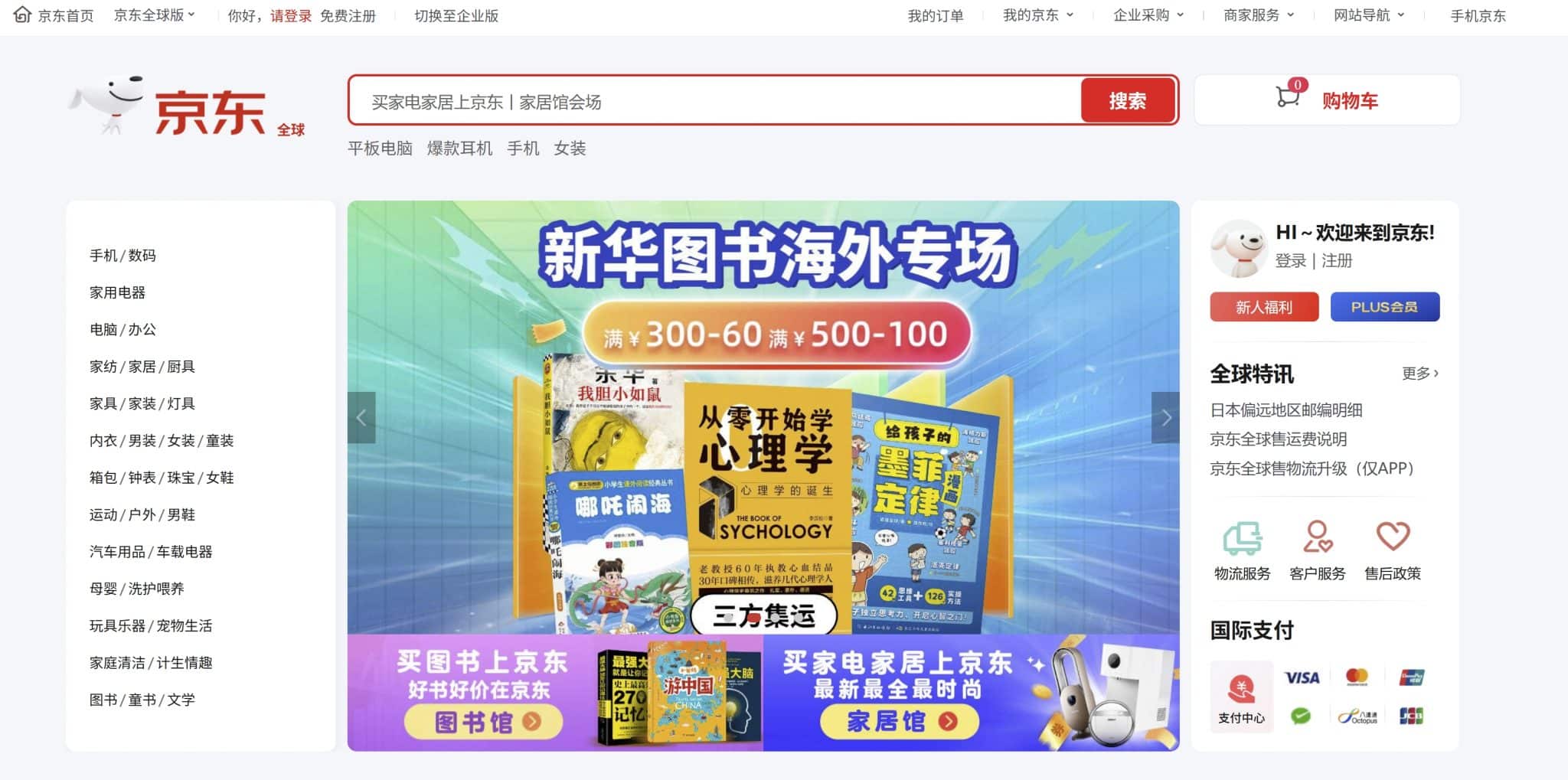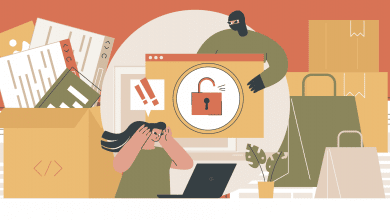Amazon to Crack Down on Return Abuse? China Is.
In the face of diminishing margins, most ecommerce platforms in China have taken steps to curb return abuse. Could Amazon be next?
Since 2021, major Chinese e-commerce platforms had promoted a customer-friendly policy known as “refund only” (仅退款), allowing buyers to receive refunds without needing to return the purchased item. Originally intended to streamline the refund process for low-cost or damaged goods, the policy became ripe for abuse. In the past year alone, reports surged of buyers exploiting the system—intentionally requesting refunds while keeping both the product and the money.

After four years, the experiment has effectively come to an end. Following mounting pressure from sellers and recommendations from regulatory authorities during the Two Sessions, platforms began scaling back the practice starting with last year’s 618 shopping festival. As of April 22, leading platforms like Pinduoduo (PDD), Taobao, JD.com, Douyin, and Kuaishou have all fully phased out automatic “refund-only” options. That said, individual sellers still retain the right to offer a no-return refund if both parties agree to the terms.
The shift has triggered major buzz on Chinese social media. The hashtag “#All e-commerce platforms end refund-only policy” (#电商平台全面取消仅退款) garnered over 240 million views on Weibo, topping the trending list. While many netizens applauded the move as a win for merchants and a step away from “involution” (反卷)—a term used to describe wasteful, hyper-competitive practices—others raised concerns about how returns will be handled moving forward, particularly regarding who pays for return shipping.
How Amazon’s Return Policy Compares
Amazon’s return policy sits in stark contrast to China’s now-defunct “refund-only” system. In most cases, Amazon requires customers to send back the product before issuing a refund, although there are exceptions—especially for low-cost items where the cost of return shipping outweighs the value of the product. In such instances, Amazon sometimes issues a refund and tells the buyer to keep the item or dispose of it.
What sets Amazon apart is the consistency and automation of its returns process. Items fulfilled by Amazon (FBA) come with a relatively generous return window—often 30 days or more—and prepaid return labels. But as with China’s e-commerce scene, some sellers on Amazon have raised alarms about abuse, including “wardrobing” (using an item and returning it) or false claims of defects. While Amazon has tools in place to detect repeat offenders, the balance between customer satisfaction and seller protection remains a delicate one—globally.
Still, Amazon sellers can hold their breath that one day they themselves may take action to curb return abuse – just don't hold your breath too long.



